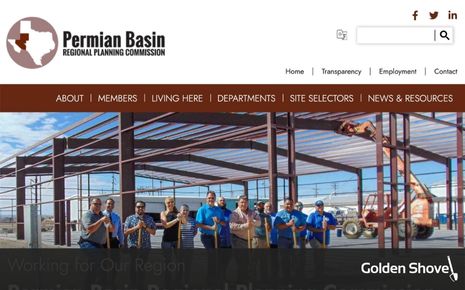How To Include Remote Workers in Your Workforce Attraction Strategy

9 Jan 2023
News, Marketing, Workforce
As we enter a new year, you may be wondering how to include remote workers in your workforce attraction strategy. We all know that there are many, many more people working remotely now than there ever have been in the past. In fact, in June of 2022, a Gallup survey reported that 8 in 10 people are working hybrid or remote, while only 2 in 10 are entirely on-site. An AT&T study shows the hybrid work model is expected to grow from 42% in 2021 to 81% in 2024. It is vital to focus on effectively targeting remote workers, but how does this translate to benefitting the local economy?
Why It's Worth It to Attract Remote Workers
It Grows and Diversifies the Local Economy
More people working from home equals more money spent locally. More money remains in the community, and the community prospers.
In addition to growing the local economy by keeping funds close to home, remote workers represent a wide variety of industries that may not already be common to an area. This opens the door to new skills, knowledge, and industries to move in.
The Housing Market Prospers
Remote workers need a place to live, so they will be looking for a home to buy or rent. While remote workers often have the freedom to work in a variety of locations, such as a coffee shop, most will still primarily work out of their homes. So, when they move to your community, they will be looking for a home with space for a home office and other conveniences. (If your community is facing housing shortages, like many communities across the US, we recommend you check out our content around finding creative solutions to solving your housing shortage.)
Parks and Recreational Areas Benefit
37% of remote workers say they stay productive by taking breaks, according to research by Airtasker. The same research noted that remote workers were healthier in terms of exercise, closing in 25 more minutes per week of active time than office workers.
Remote workers need time away from the computer to recharge and remain productive. Many remote workers frequent parks and outdoor spaces for a breath of air or exercise. This opens the door for more revenue.
The National Recreation and Area Park Association estimated more than $150 billion in economic activity was generated by local parks and recreation agencies in 2015, the most recent year it was reported. With fewer people spending time indoors, more money is funneled into parks and recreation agencies.
How To Include Remote Workers in Your Workforce Attraction Strategy
Focus on What's Important to Remote Workers
In an effort to attract remote workers, economic developers need to pinpoint what is most important to them. Bandwidth, places to grab a coffee or meal to-go, outdoor spaces for exercise and reprieve, and a supportive local community are vital to the remote worker's success.
Develop Incentives for Remote Workers
Incentivizing remote workers to relocate is key. Incentives can include reimbursing costs of relocation, assistance with paying off student loans, or even housing assistance. While attracting remote workers may be costly at first, towns and cities will quickly reap back their investment and more.
Get Help With Your Remote Workforce Attraction Strategy
While the pandemic has catapulted companies into transitioning employees to remote work, in reality, companies from all over the world were already embracing the work-from-home movement. This is a natural progression and one that economic development agencies should be turning their focus on anyway. For more information on how to include remote workers in your workforce attraction strategy, contact us.
More Topics





